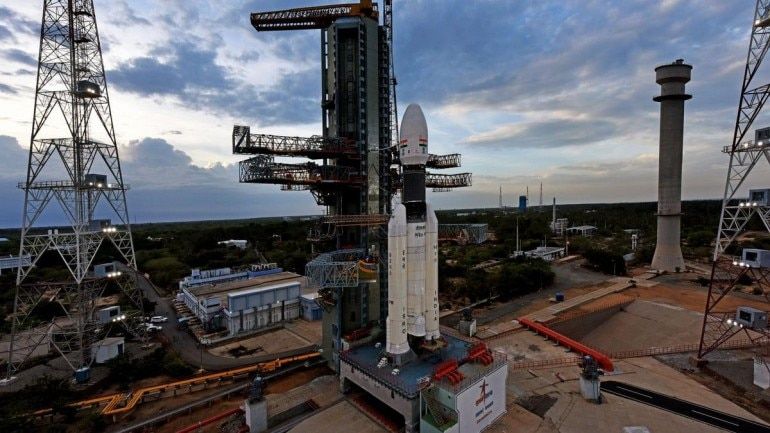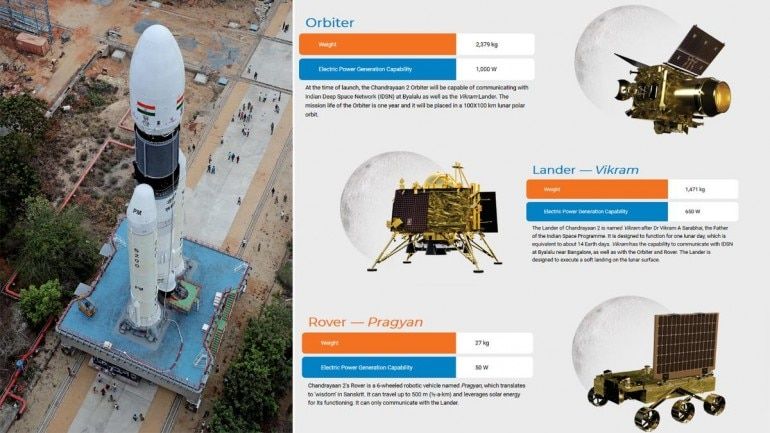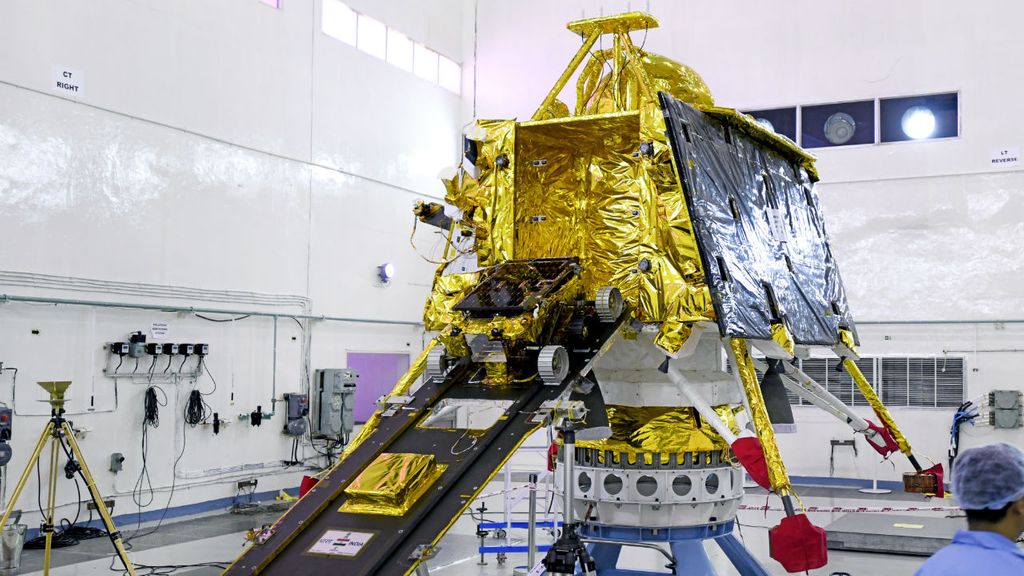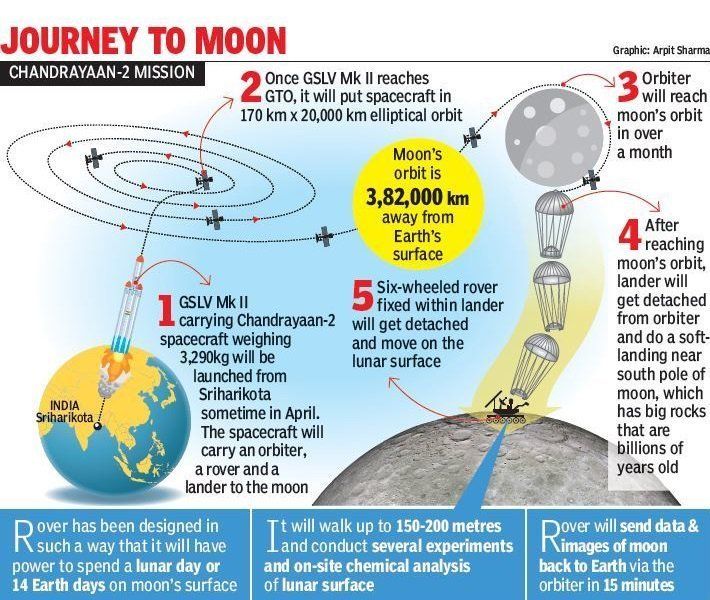Chandrayaan-2 Launch
Jun 11, 2019 • 8 views
Chandrayaan -2 is our very fist mission where we will land on another foreign object like land on the moon. It has launched in July in our very own Indianrocket of GSLV Mark 3 which weighs about 640 tonnes and can take a 4 tonne satellite toGeosynchronous transfer orbit.
It is launched by our very own ISRO Indian space research organization and this new mission will be to the lunar south pole and we will be sending chandrayaan-2 to the lunar surface. It is made up of 3 pars the orbiter, lander and the rover which is inside the lander.

The orbiter will orbit the moon and has a service life of 1 year as predicted by the ISRO scientist.But I think it will work more than what is predicted by the space agency.
The lander will land on the lunar south pole which is very cold and the rover will come out of the lunar lander to do scientific analysis of the moon soil and carry out experiments on the surface of the moon.

Instruments are also mounted on the lander and orbiter . The orbiter will check the lunar thin atmosphere and search for water vapor if andy present in the moon thin atmosphere. the lander will further carry out the necessary scientific experiments.
Nasa has also partnered with Indian and one of its scientific equipment is mounted on the lander too.
This orbiter will include 8 payloads which include terrain mapping camera, x-ray Spectrometer, Solar x-ray Monitor, Orbiter high resolution, etc.The rover will include laser-induced spectroscopy which searches for composition on surface and an alpha particle x-ray spectrometers etc.
The way the orbiter is placed in on top of a lander has made it possible to take all the parts of the mission from the lander, rover, and orbiter together for this mission. The GSLV Mark 3 actually performed very well in its test as it was able to take the satellite into the greater distance than originally expected about 6000km more than expected. This has made it possible that the mission will react to the moon on the given expected date and the amount of fuel that was needed has also been saved by the spacecraft.

After launching into earthbound orbit by GSLV MK-III, the integrated module will reach Moon orbit using Orbiter propulsion module.
Chandrayaan-2 stack would be initially put in an Earth parking orbit of 170 km perigee and 40,400 km apogee by the launch vehicle. It will then perform orbit-raising operations followed by trans-lunar injection using its own power.
Orbiter
The orbiter will take detailed images of the moon at an altitude of 100km . The orbiter has the most amount of scientific instruments as compared to other lander and rover. Almost all the weight of the spacecraft is of the orbiter. The OHRC will conduct high resolution observation of the landing site prior to the separation of the lander to the orbiter.

Vikram lander
The mission's lander is called Vikram named after Vikram Sarabhai (1919-1971), who is widely regarded as the father of the Indian space programme.
It will then perform a comprehensive check of all its on-board systems before attempting a soft landing, deploy the rover, and perform scientific activities for approximately 15 days. The approximate combined mass of the lander and rover is 1,471 kg (3,243 lb).
